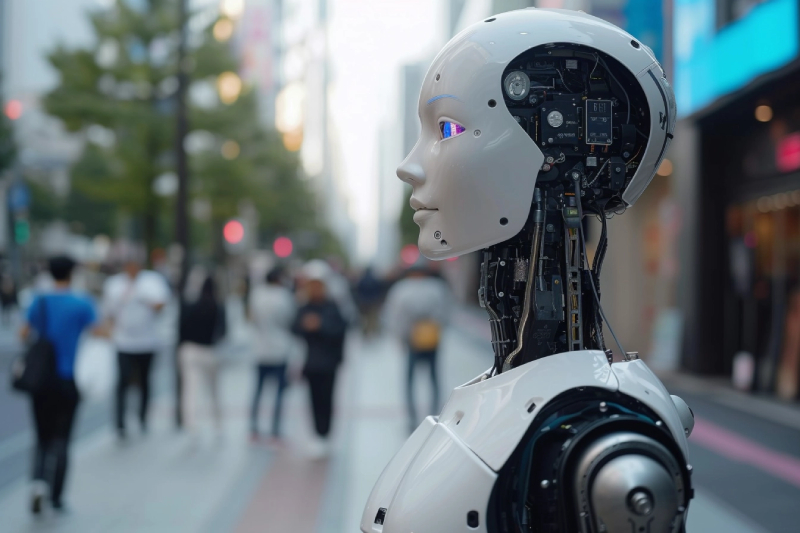OpenAI, the most advanced humanoid robot, has unveiled a new robot powered by its artificial intelligence. Experts are calling it the “closest robot to a human being, ever,” and it’s expected to be a direct competitor to Tesla’s Optimus robot.
While details are still under wraps, reports suggest the OpenAI robot will possess superior dexterity and maneuverability compared to previous humanoid robots. This capability is likely due to advancements in AI that allow the robot to better understand and respond to its environment.
This news comes just months after Tesla showcased its Optimus robot, which can perform basic tasks like lifting boxes and watering plants. While Optimus was praised for its bipedal locomotion, some experts noted its movements seemed cumbersome.
The upcoming battle between these two tech giants promises to push the boundaries of robotics. Here are some key points to consider:
- Capabilities: How will the robots differ in terms of physical capabilities, like strength, speed, and dexterity?
- AI Power: Whose AI will prove more adept at complex tasks and decision-making?
- Applications: What practical applications will these robots be designed for?
The outcome of this competition could have significant implications for the future of robotics and automation. These advancements could lead to robots playing a more prominent role in various industries, from manufacturing to healthcare.
However, it’s important to remember the ethical considerations surrounding advanced robotics. Questions regarding safety, job displacement, and the potential misuse of such technology need to be addressed as these robots become more sophisticated. Only time will tell which robot will reign supreme, but one thing is certain: the development of these humanoid robots signifies a significant leap forward in the field of robotics, and the implications for the future are vast.











